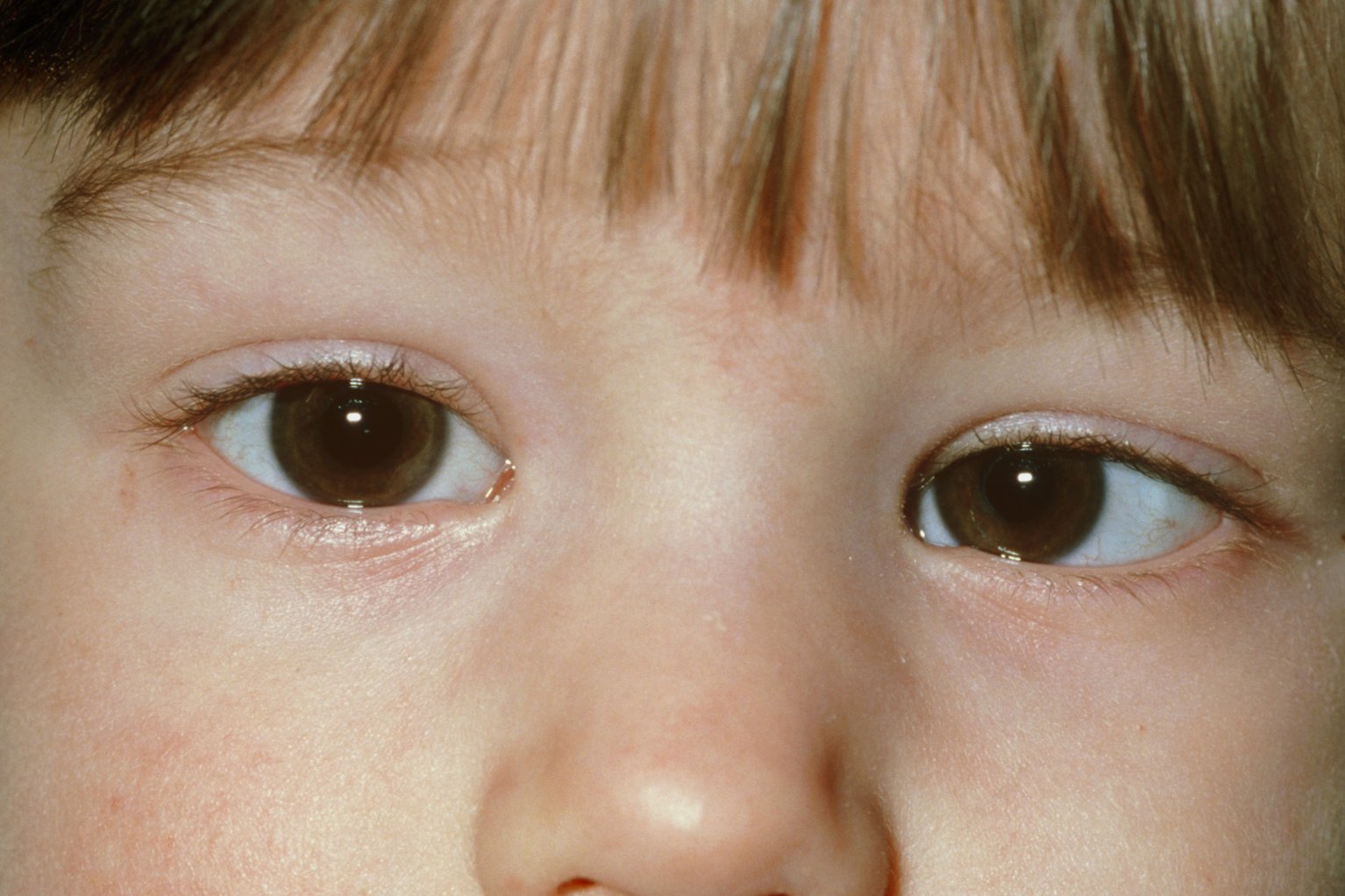Squint
- Home
- Service
- Squint

Squint
Technically know as Strabismus, Squint is a condition where the two eyes are misaligned. That is both eyes do not appear to be looking in the same direction. One eye may be looking at an object and the other eye may be turned in or out or up or down.
When to get medical advice
Get advice if:
- Your child has a squint all the time.
- Your child is older than 3 months and has a squint that comes and goes – in babies younger than this, squints that come and go are common and are not usually a cause for concern.
- You have any concerns about your child’s vision – signs of a problem can include regularly turning their head to one side or keeping one eye closed when looking at things.
- You develop a squint or double vision later in life
Treatments and surgery for a squint
The main treatments for a squint are:
- Glasses – these can help if a squint is caused by a problem with your child’s eyesight, such as long-sightedness.
- Eye exercises – exercises for the muscles that control eye movement may sometimes help the eyes work together better.
- Surgery – this involves moving the muscles that control eye movement so the eyes line up correctly. It may be recommended if glasses are not fully effective on their own. Read more about squint surgery.
- Injections into the eye muscles – these weaken the eye muscles, which can help the eyes line up better. But the effect usually lasts less than 3 months.
FAQ
Frequently Ask Questions.
Learn more about eye operation, treatment, and best eye surgery in Mumbai, India.
Squints are classified depending on direction of the squinting eye
- Convergent squint or esotropia when one eye is turning in
- Divergent squint or exotropia when the eye is turning out
- Vertical squint (Hypertropia / Hypotropia) when one eye is pointing upwards/downward
- In a child, the parents may notice the deviation of eyes.
- It is important to remember that the eyes of a newborn are rarely aligned at birth. Most establish alignment at 3-4 weeks of age. Therefore squint in any child who is more than one month old must be taken seriously and should be evaluated by an ophthalmologist.
- Adults noticing double vision, or misalignment of the eyes should get themselves checked up too.
How is squint diagnosed ?
The squint is diagnosed by the ophthalmologist. He or she would do a few special tests to confirm the squint, to try and find out the cause and to quantify the amount of deviation.
In some cases there may be a false appearance of squint due to broad nasal bridge in a child. An ophthalmologist will be able to differentiate between a true squint and false squint.
What are the success rates of a squint surgery?
Nearly 80-90% patients are successfully corrected in the straight-ahead position with just one surgery. In some patients the surgery may be only partially successful. In some patients the eye alignment will change over time, resulting in the need for additional surgery after a few months or years
The procedure is painless; some sensation of pressure may be experienced during the surgery when the flap is being created. Post surgery for a few hours the eye may be uncomfortable which settles down rapidly. No sedation, no eye pads, no injections required only eye drop anesthesia. The surgery takes around 15 to 20 minutes for one eye.

